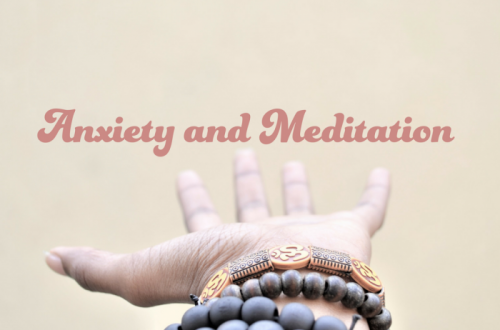
Being a young female reader:
Florida State university found that only 31% of children’s books have female central characters. The study was taken from a pole of nearly 6,000 books published from 1900 to 2000. While it could be very hard to qualify the sort of impact this has on woman as a whole, it wouldn’t be far fetched to think that from a young age we teach woman that they are secondary, we teach young woman that they are not the main story but an afterthought to someone else’s, that society finds male characters both standard and more interesting than females. I can only imagine the physiological damage this inflicts on young females.
I think it’s time for writers to take responsibility for the space they create (or neglect to create) for woman. Especially children’s authors and especially female children’s authors. Writers are given creative freedom over their own stories. So what if we create narratives for woman to be seen? For other woman to reflect on themselves through the eyes of female main characters? What if we create space in literature for young woman to have role models?
The irony is that children’s literature is a field largely monopolized by woman. So woman continue to perpetuate their own exclusion from their own manuscripts. To me this suggest that the trend is systematic and so ingrained in our societal upbringing that the it goes easily unnoticed if there is not a conscious effort to recognize it.
While, a young female may still be able to reflect on themselves through a male character, in a society that is already patriarchal, the lack of dominate female characters only reinforces female inferiority in their own subconscious before they are even given an opportunity to explore their own capacity and capability as a human.
I thought long and hard about how I wanted to represent the main character in my children’s book: “Namaste, Rainbow!”. I came to the conclusion that I wanted the main character to be androgynous and racially ambiguous. It was my hope that in excluding race and gender from the story more people would be able to place themselves in the story and relate to it from their own unique perspective.
~ Sharon



